Expert: Consultative meetings of the CA leaders will reduce barriers, boost economic development
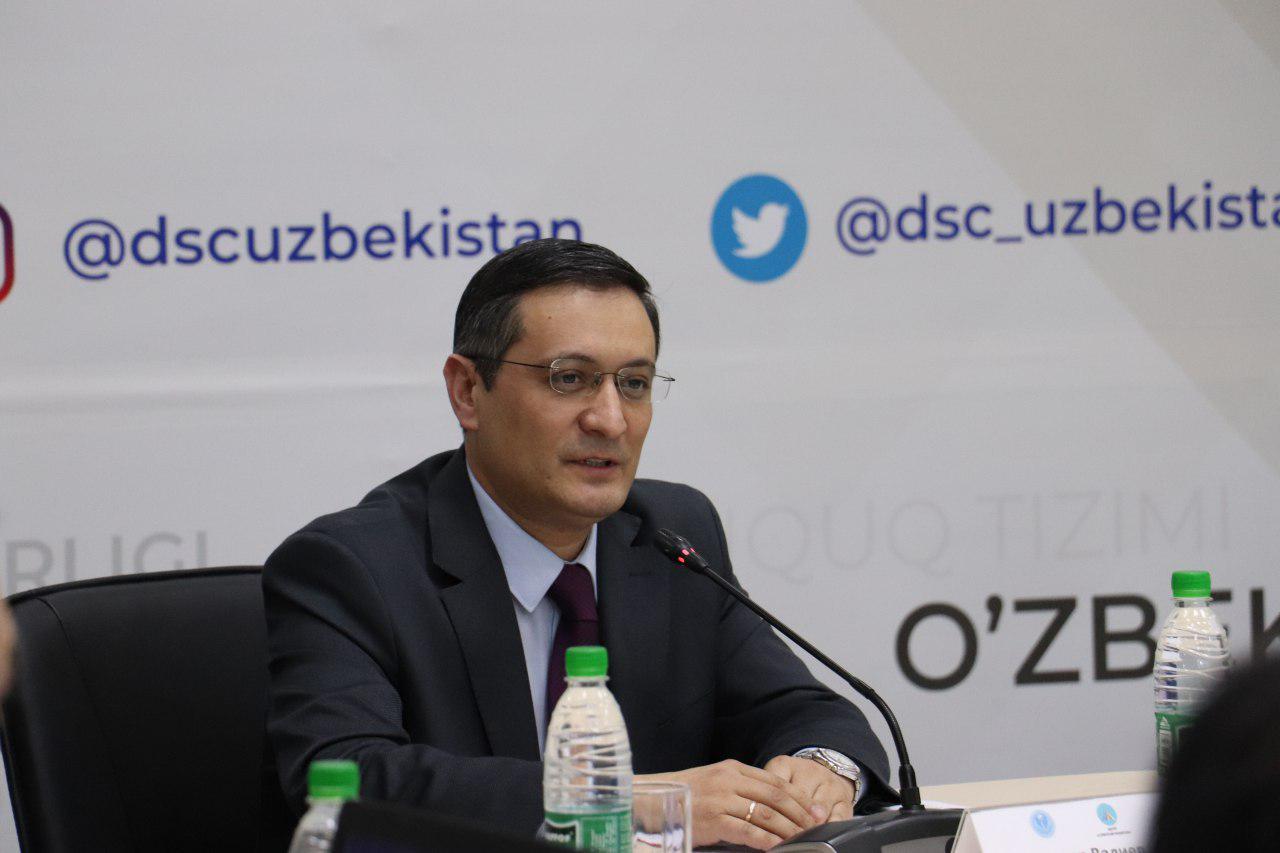
Realization of the proposals voiced at the annual consultative meetings of the CA heads of state will make it possible to reduce barriers to intra-regional cooperation in the near future, deputy director of the Institute for Strategic and Regional Studies (ISMI) Sanjar Valiyev said.
Assessing the results of the second consultative meeting of the heads of state in Tashkent, he stressed that the implementation of initiatives and proposals voiced by the parties in the near future will reduce barriers and obstacles to the movement of people, capital, goods and services, as well as expand a wide cultural-humanitarian exchange.
“All this is being done in order to remove barriers around the perimeter of Central Asia and present the whole world an open region as an attractive place for investment and trade,” he said during a roundtable at the Development Strategy Center.
During the event, an expert from the Center for Economic Research and Reform Yuriy Kutbiddinov noted that the development of economic cooperation has become a priority issue of the consultative meeting of the heads of state in Central Asia.
He pointed out that trade between the countries of the region is growing along an increasing trajectory. So, if the trade volume of the countries in 2016 amounted to $2.4 billion, then in subsequent years there has been a rapid increase from $2.5 billion in 2017 to $4.1 billion in the nine months of 2019.
According to Kutbiddinov, this situation is due to two main factors. The first and most important is the improvement of interstate relations in the region thanks to the proactive policy of the President of Uzbekistan. The second is the course pursued by the Central Asian states on the industrialization of national economies, which is difficult without improving regional cooperation.
At the same time, proposals for establishing industrial cooperation in the region indicate that the request of business circles about the need for close cooperation, as well as the creation of production chains, was heard by the heads of state of Central Asia, he added.
According to the new BCG report “Investing in Central Asia: one region, many opportunities”, the potential of Central Asia in attracting foreign direct investment reaches $170 billion.
Related News
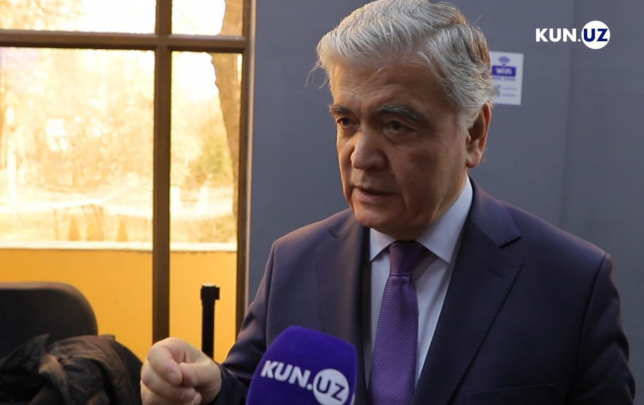
21:45 / 21.12.2019
Ilhom Nematov says demarcation of Uzbekistan’s state borders with neighboring countries will be fully resolved in 2020
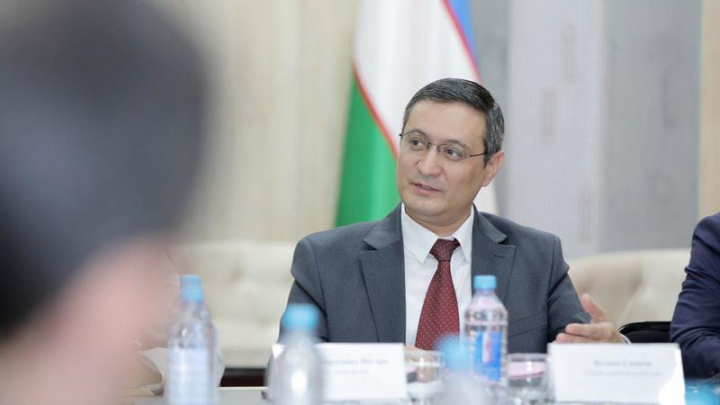
20:20 / 17.12.2019
Sanjar Valiyev: Uzbekistan needs to speed up the process of joining the WTO
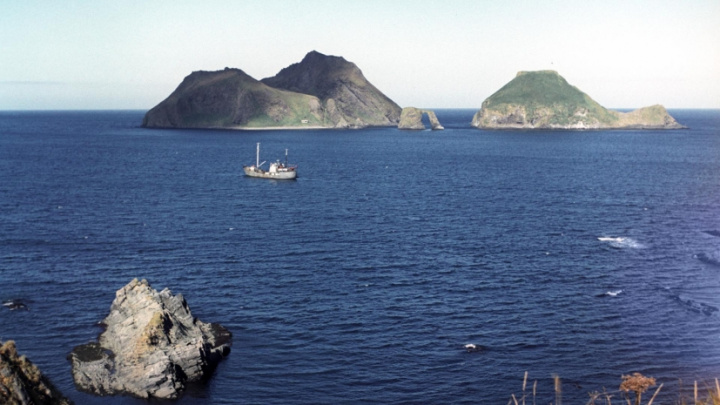
17:54 / 17.12.2019
Uzbekistan considers the Kuril problem as a bilateral affair of Japan and Russia
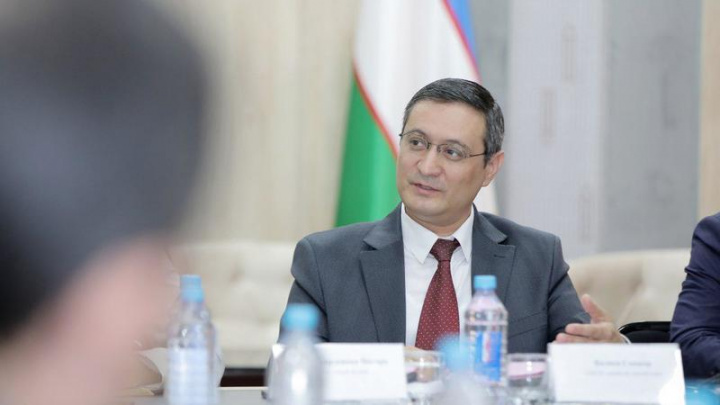
14:20 / 23.11.2019



